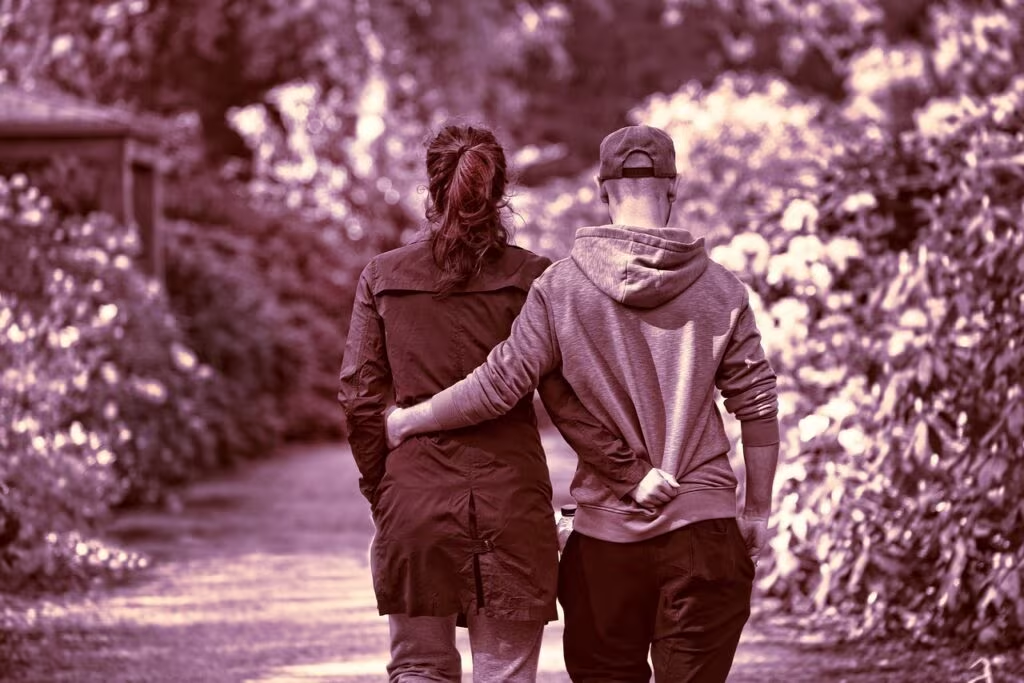The Unexpected Power of Small Movements: Finding Mental Relief in Low Doses
For anyone struggling with low mood, anxiety, or symptoms of depression, the idea of committing to a rigorous fitness routine—signing up for a marathon or climbing a mountain—can feel overwhelming, even paralyzing. The good news, confirmed by extensive research in clinical psychology and neuroscience, is that you don’t need to become an elite athlete to reap significant mental health benefits.

Experts emphasize that the threshold for physical activity to positively influence mood is surprisingly low. Even 10 to 15 minutes of low-intensity movement can trigger immediate, measurable improvements in emotional well-being, providing a crucial, accessible tool for managing symptoms on difficult days. This shift in perspective—from viewing exercise as a high-intensity commitment to seeing it as a low-barrier intervention—is vital for making it a sustainable part of mental health management in 2025.
The Science Behind the Mood Lift: How Movement Changes Your Brain
Understanding why even a small amount of activity works is key to integrating it into daily life. Exercise is not just about burning calories; it is a profound biological intervention that directly alters brain chemistry and structure. This effect is immediate and cumulative.
The Neurotransmitter Release
One of the most immediate effects of physical activity is the release of key neurotransmitters. While the term “endorphin rush” is often cited, the benefits extend far beyond that temporary high. Exercise stimulates the production and regulation of several critical brain chemicals:
- Endorphins: These natural opioids reduce the perception of pain and trigger a positive feeling in the body, similar to morphine.
- Serotonin: Often associated with mood regulation, sleep, and appetite. Exercise helps regulate serotonin levels, which is crucial for combating depression and anxiety.
- Dopamine: Linked to the brain’s reward system. The release of dopamine during and after exercise reinforces the behavior, making you more likely to seek out movement again.
Building a Better Brain: BDNF and Neurogenesis
Beyond immediate chemical changes, regular movement, even in short bursts, promotes long-term structural changes in the brain. One of the most important molecules involved is Brain-Derived Neurotrophic Factor (BDNF).
BDNF is often referred to as “Miracle-Gro for the brain.” It supports the survival of existing neurons and encourages the growth of new ones—a process known as neurogenesis. Low levels of BDNF have been strongly linked to depression and neurodegenerative diseases. By boosting BDNF, exercise helps:
- Improve Cognitive Function: Enhancing memory and focus.
- Increase Resilience: Making the brain more resistant to stress and trauma.
- Counteract Atrophy: Protecting areas of the brain, like the hippocampus, which are often affected by chronic stress and depression.

Beyond the Chemical Rush: Inflammation and Stress Regulation
Modern research increasingly links chronic, low-grade inflammation to the development and persistence of depression. Exercise acts as a powerful anti-inflammatory agent. By improving circulation and reducing inflammatory markers (cytokines) in the body, physical activity helps to calm the systemic inflammation that can negatively impact brain health and mood.
Furthermore, exercise helps regulate the body’s primary stress response system, the Hypothalamic-Pituitary-Adrenal (HPA) axis. Chronic stress leads to HPA axis dysregulation, resulting in excessive cortisol production. Regular movement helps normalize this system, making the body less reactive to everyday stressors.
Practical Steps: How to Start Moving When Motivation Is Low
When dealing with low energy or depression, the biggest hurdle is often starting. The goal should be consistency over intensity. Focus on activities that require minimal planning and can be done immediately.
Here are low-barrier ways to integrate movement for immediate mood benefits:
- The 10-Minute Walk: This is the gold standard. A brisk walk around the block or up and down a hallway for just 10 minutes is enough to initiate the chemical changes needed for a mood shift. Focus on movement, not speed.
- Stair Climbing Intervals: If you have access to stairs, climb them for five minutes. This provides a quick burst of cardiovascular activity that is highly effective at releasing endorphins.
- The Desk Stretch/Dance Break: Set a timer to stand up every hour. Spend three minutes stretching, doing light calisthenics (jumping jacks, high knees), or listening to one song and dancing. This breaks the sedentary cycle and boosts blood flow.
- Household Chores: Turn cleaning or gardening into intentional movement. Fifteen minutes of vigorous vacuuming or weeding counts as moderate activity and provides the added psychological benefit of accomplishment.
- Mindful Movement: Try gentle yoga or Tai Chi for 15 minutes. These activities combine physical movement with breath control, which is highly effective at calming the nervous system and reducing anxiety.

Exercise as an Essential Tool in Mental Health Treatment
It is crucial to view physical activity not as a replacement for professional care, but as an essential adjunct therapy. For individuals diagnosed with clinical depression or severe anxiety, exercise works synergistically with medication and psychotherapy, enhancing their effectiveness.
In fact, studies have shown that for some cases of mild to moderate depression, regular physical activity can be as effective as antidepressant medication, though the combination of therapy, medication, and exercise often yields the best long-term outcomes.
Disclaimer: If you are experiencing symptoms of depression, anxiety, or other mental health conditions, please consult a qualified healthcare professional. Exercise is a powerful tool, but it should be used in conjunction with, not instead of, professional medical advice and treatment.
Key Takeaways: Making Movement Sustainable
To successfully leverage exercise for mood enhancement, focus on consistency, accessibility, and removing the pressure of high performance. The goal is simply to move your body enough to signal to your brain that it’s time to regulate your mood.
- Low Bar, High Reward: Remember that 10 to 15 minutes of activity is enough to trigger beneficial chemical changes (endorphins, dopamine, BDNF).
- Focus on Consistency: Short, frequent bursts of movement are often more effective for mood regulation than one long, intense session per week.
- Identify Your Barrier: If lack of time is the barrier, try the 10-minute walk. If low energy is the barrier, focus on gentle stretching or light chores.
- Immediate Gratification: The mood-boosting effects are often immediate. Use this immediate feedback loop to reinforce the habit.
- Holistic Approach: Exercise is a powerful component of a holistic mental health strategy that includes sleep, nutrition, and professional care.
Conclusion
The pressure to achieve peak physical fitness often overshadows the profound, immediate mental health benefits available through simple movement. By reframing exercise as a tool for emotional regulation rather than a performance metric, individuals can unlock a reliable, accessible, and scientifically proven method for boosting mood and building resilience against mental health challenges. The most important step is often the first one—and it only needs to last 10 minutes.
Original author: Richard Sima
Originally published: October 30, 2025
Editorial note: Our team reviewed and enhanced this coverage with AI-assisted tools and human editing to add helpful context while preserving verified facts and quotations from the original source.
We encourage you to consult the publisher above for the complete report and to reach out if you spot inaccuracies or compliance concerns.

